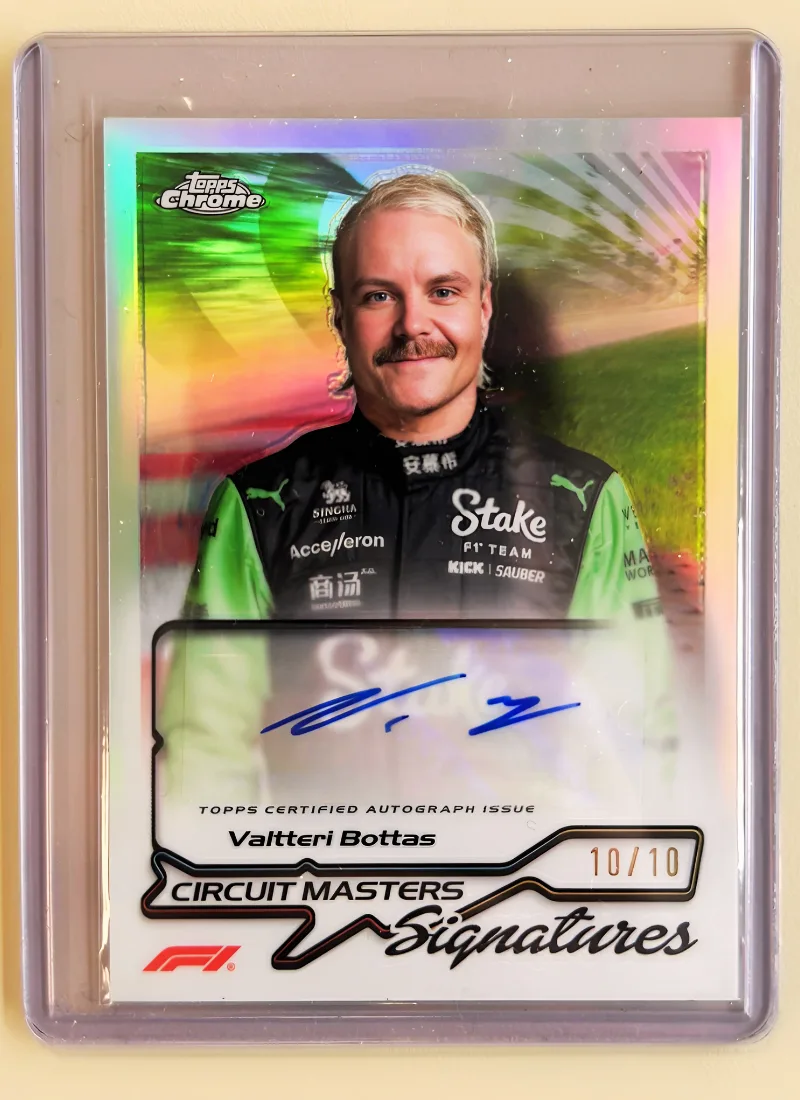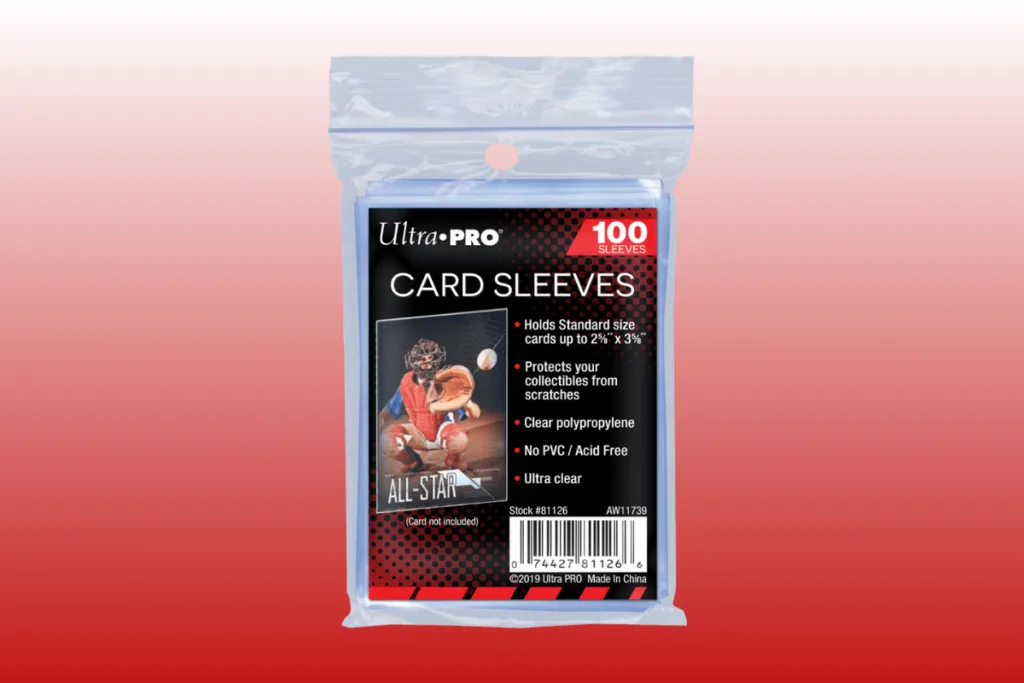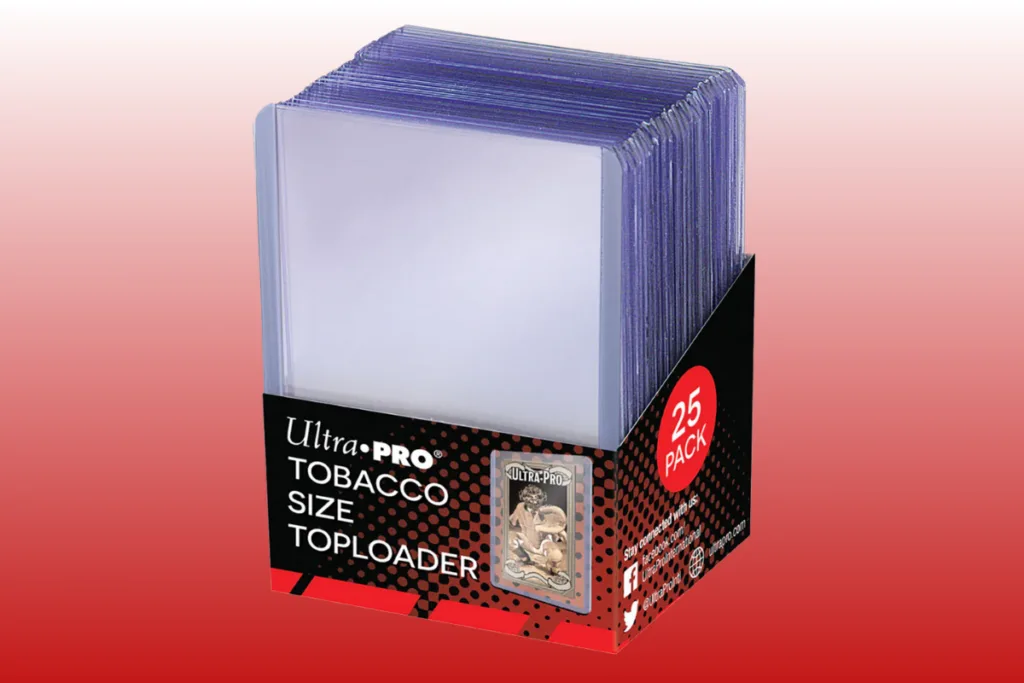
Pulling a rare Topps trading card is always an exciting moment. Whether it’s a rising Rookie, a short-printed parallel, or a legendary autograph, protecting it properly is essential to maintaining its condition.
Even the smallest imperfections, such as fingerprints, scratches, or slight bends, can significantly impact it. Taking the right steps immediately after pulling a rare card can help preserve its condition and ensure it remains a treasured part of your collection.
1. Handle with Care
The moment you realise you have pulled a rare card, it is crucial to handle it carefully. Oils and dirt from your fingers can degrade the surface over time, particularly on glossy or foil cards. Always hold the card by its edges to avoid smudging or leaving fingerprints. If possible, wash and dry your hands before handling cards, and avoid unnecessary movement. The less you touch it, the better.
2. Place the Card in a Protective Sleeve
As soon as you have inspected your card, the next step is to place it into a protective sleeve. Penny sleeves, which are thin, clear plastic covers, are the first line of defence against dust, moisture, and minor scratches. When inserting the card, take care to avoid catching the edges, which can cause fraying.
For extra protection, some collectors use perfect-fit sleeves that provide a snugger fit before placing the card in a standard penny sleeve. This is particularly useful for cards with chrome finishes or those that are prone to surface wear.

3. Use a Toploader or Semi Rigid Card Saver
A soft sleeve alone does not provide sufficient protection from bending or structural damage. To keep the card in top condition, it should be placed in a toploader or a semi-rigid card saver. Toploaders are hard plastic cases that provide a sturdy barrier against physical damage, making them ideal for storing and displaying rare Topps cards.
Card savers, which are slightly more flexible, are the preferred choice for collectors submitting cards for professional grading. They allow for secure storage while keeping the card in place without excessive movement. Whichever option is chosen, the card should always be sleeved before being placed inside the toploader or card saver to prevent surface scratches.

4. Store the Card in a Safe Environment
Even after a card is properly sleeved and secured in a toploader, the storage conditions can impact its long-term preservation. Cards should always be kept in a cool, dry environment, away from direct sunlight and humidity. Excessive heat and moisture can cause warping, while exposure to sunlight can lead to fading.
To keep multiple rare cards organised and well-protected, many collectors use dedicated storage boxes or binders with high-quality plastic pockets. If using a binder, ensure that the pockets are archival-safe and free from PVC, which can cause cards to deteriorate over time. For the most valuable cards, a lockable, fireproof, and waterproof storage box offers the best security.
5. Consider Professional Grading
For particularly rare or valuable Topps cards, grading is an option worth considering. Professional grading companies such as PSA, Beckett, and SGC assess a card’s condition and assign it a numerical grade, typically from 1 to 10. A higher grade increases a card’s value and provides authentication, which is particularly important for high-demand rookie cards, autographs, and limited-edition parallels.
Before sending a card for grading, it is advisable to inspect it under a bright light to check for surface flaws, centring issues, or edge wear. Some collectors use a magnifying glass or a jeweller’s loupe to examine details closely. If the card appears to be in pristine condition, grading can significantly enhance its desirability in the secondary market.
Pulling a rare Topps card is an exciting moment for any collector, but its long-term preservation depends on how well it is protected. By handling it carefully, sleeving it immediately, storing it in a secure environment, and considering professional grading, collectors can ensure their most prized cards remain in the best possible condition. Whether the goal is to keep it as part of a personal collection or eventually sell, taking the right steps from the start will help preserve both the quality and value of the card.